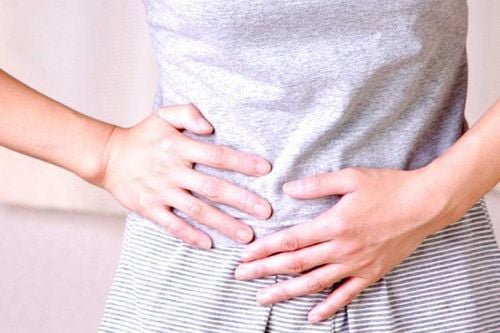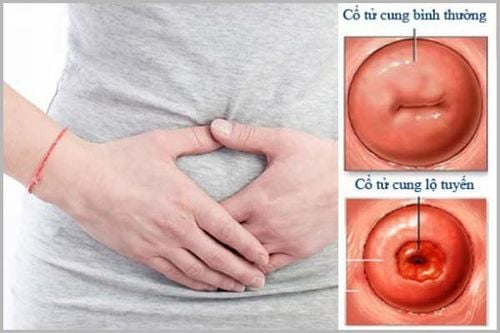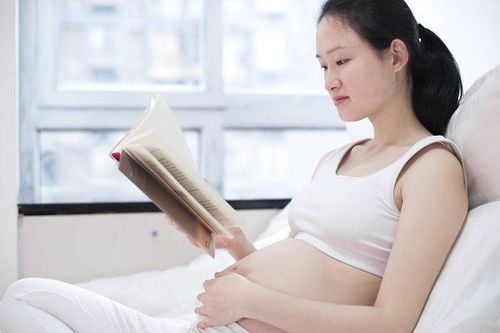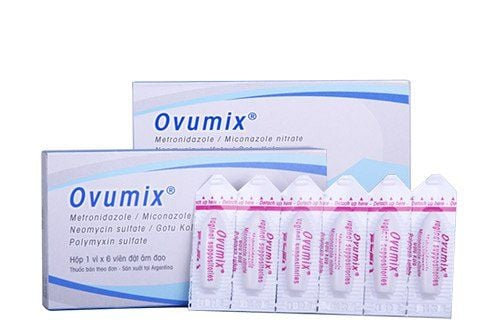The article was professionally consulted with Doctor Specialist I Truong Thi Phuong - Ultrasound Doctor - Department of Diagnostic Imaging - Vinmec Ha Long International General Hospital.
Postpartum lochia is a common physiological phenomenon in postpartum women and often brings an unpleasant feeling. However, postpartum lochia with an unpleasant odor is an abnormal sign that all women after "giving birth" need to pay attention to.
1. What is postpartum lochia and the cause of lochia?
Lochia is a vaginal discharge from a woman after giving birth. This fluid is made up of small blood clots in the wound where the placenta attaches, fragments of the uterine lining (decidua), remaining amniotic fluid and secretions from the wound in the cervix and vagina due to the birth process.
Lochia (the postpartum discharge) occurs in both pregnant women who have had a cesarean section and women who have had a normal birth. When the baby is born, the placenta is released, the mother's uterus will contract to form a safe ball, the uterus contracts well to help with physiological hemostasis, minimizing postpartum blood loss. In the following days, the ability of the uterus to contract gradually decreases. After each day of uterine contraction, the fluid, also known as lochia, is released from the uterus through the vagina.
Normally, lochia after a cesarean section will end faster than after a normal birth, because during the cesarean section, the endometrium has been completely removed. However, not all cesarean sections heal quickly because they also depend on the body, care and exercise regimen, which also affects the process of lochia excretion in postpartum women.
2. Foul-smelling lochia and signs of abnormal lochia
Lochia has an unpleasant odor
Lochia usually has a fishy odor similar to menstruation. However, if the lochia has an unusual odor or strange odor, it may be due to an infection in the uterus or an infection due to a tear in the perineum during childbirth. If you notice a change in the smell of lochia, you should notify your doctor as soon as possible.
Lochia increases, not decreases
Lochia will be more abundant in the first few days after giving birth, but then gradually decreases over time. If at any point, the amount of blood suddenly increases compared to the beginning and lasts for more than a week, contact your doctor for timely examination and treatment.
Pelvic pain
Pelvic pain is caused by urinary tract infections or constipation. More seriously, pelvic pain can also be caused by infections in the uterus. In both cases, we should drink plenty of water and contact a doctor as soon as possible.

3. What is normal lochia?
Normal lochia after birth has a strong fishy smell like menstruation, lochia usually lasts about 20 days on average, or can be up to 40 - 45 days. The color and amount of lochia after birth can change over time.
In the first 2-3 days: Lochia is dark red, mixed with small blood clots and during this time, the amount of lochia can be quite a lot. We do not need to worry if we notice that the lochia is mixed with blood clots, this is just the remaining placenta being pushed out of our body when it is no longer needed.
After 1 week: The lochia will turn pinkish brown and the stain on the mother's pad will gradually become smaller and lighter. The lochia can be mixed with a few blood clots, the size of a raisin or smaller, this is completely normal.
After 3 weeks: Lochia is only clear or white, no longer bloody, containing a large amount of white blood cells and necrotic cortical tissue. The uterus will return to its previous size and uterine contractions will soon end.
After 6 weeks: Some women may have a small amount of brown, pink or yellowish-white discharge until 6 weeks after giving birth and it may appear in small amounts daily or only occasionally. This will be the final stage of postpartum lochia.
The amount of postpartum lochia may increase while moving and walking. If the mother experiences this, try to stand still and rest for a while. We feel a lot of lochia flowing when standing because the structure of the vagina causes a small amount of lochia to accumulate in an area similar to a cup when sitting or lying down and will flow more when standing up or moving.
4. How to deal with foul-smelling postpartum lochia
When women see signs of abnormal lochia, they need to see a doctor immediately. In addition to a regular gynecological examination, the doctor may perform an ultrasound to make an accurate diagnosis. To ensure health and limit the condition of postpartum lochia with an unusual foul odor, we need to note:
Do not lie down too much after giving birth. Lying down too much and limiting movement will prevent the uterus from contracting and the lochia from being pushed out. Therefore, after giving birth, we should only lie down and rest for about 6 hours, then move around gently so that the uterus contracts well, speeding up the postpartum process, and the lochia can be easily discharged. You should lie on your stomach for 20-30 minutes a day. Women with a pre-folded uterus will have an easier time discharging lochia in this position.
After giving birth, women need to eat a variety of foods and get enough rest.
Keep the genital area clean, change sanitary napkins regularly every hour on the first day after giving birth and every 3-4 hours in the following days. Wash your hands before and after changing the napkin.
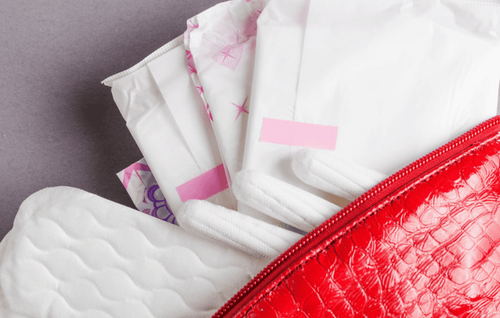
To arrange an appointment, please call HOTLINE or make your reservation directly HERE. You may also download the MyVinmec app to schedule appointments faster and manage your reservations more conveniently.




